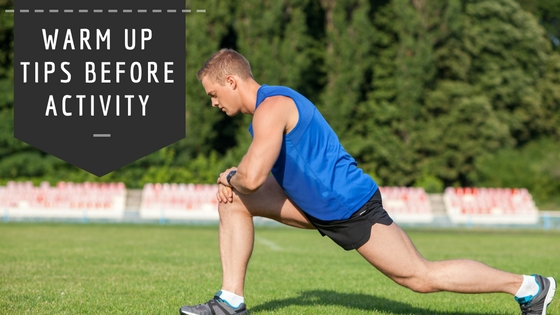
Tips for Getting a Proper Warm-Up Before Vigorous Activity
Many of us have heard about the value of warming up before an activity, but what does that actually mean? What components does it entail? When should this be performed? Do I have to do this before every workout or physical activity? All of these are good questions.
It is important for injury prevention to prime the body before vigorous activity. We must get our body ready for the shock it is about to undergo with less-intense activity to increase blood flow. This allows important tissues and joints to be bathed with nutrients but with less-alarming stress to these structures.
These small adjustments to your workout can help prevent injury and let you enjoy your activity for years to come.